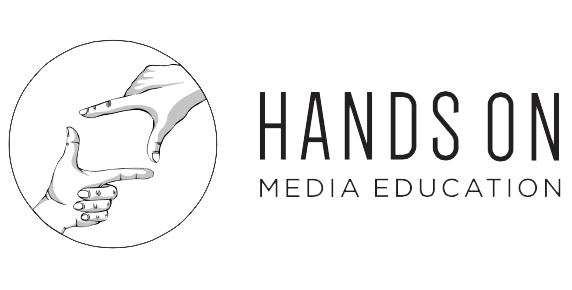Digital literacy training program for Canadian educators
For young Canadians, digital literacy skills are vital to:
supporting their safety and well-being,
improving their job prospects in an increasingly digital economy, and
enhancing their ability to engage with and contribute to the world around them.
In response to this growing need, many education ministries are adding digital literacy to their curricula, and teachers increasingly are called upon to ensure that their students acquire the skills necessary to flourish in a digital world.
Yet to some extent, faculties of education in Canada have struggled to integrate digital literacy into their teacher training programs.
That’s where we come in!
Hands On Media is very excited to partner with MediaSmarts – Canada's top not-for-profit centre for digital and media literacy – to deliver a series of 11 workshops in faculties of education across Canada on digital literacy for Canadian educators.
This project supports teachers with training and resources to effectively implement digital literacy in their classrooms, helping students to develop the critical thinking skills they need to engage with media as active and informed digital citizens.
Here are a few of the highlights.
Distinctions between Media Literacy and Digital Literacy
Media literacy is included in the curricula of each province and territory. Media literacy is usually defined as being able to access, analyze, evaluate, and produce media. It focuses on becoming active, rather than passive, media consumers.
On the other hand, there is somewhat less consensus around the definition of digital literacy, and the concept continues to evolve. In general though, digital literacy refers to the ability to do three basic things:
To use digital technology in an effective, responsible and ethical way;
To understand the implications of how we use digital technology (and how it uses us) and to critically engage with digital content; and
To create digital content and participate in online and offline communities using digital technologies.
Key Concepts for Digital Literacy
In digital media, there are no one-way connections. Instead, everyone involved – as producer or consumer – is linked via a multidirectional, interconnected network.
Digital content is permanent: everything that is transmitted is stored somewhere and can be searched for and indexed. This includes things that may seem temporary, like Snapchat photos.
Digital content is shareable, and you post online may be seen by people you didn’t intend or expect to see it. Once content is shared, you have a limited ability to control who sees what.
What happens via digital media is real but it doesn’t always feel real. When we’re online, it can be easy to forget that laws, morals and rights still apply, and that online actions can have real world consequences.
Digital media, like traditional media, reflect the beliefs, unconscious biases and unquestioned assumptions of their creators, which in turn can influence our own experiences and behaviours.
Teaching Digital Literacy
So how can we effectively teach digital literacy? MediaSmarts has developed a framework that identifies seven essential aspects of digital literacy and provides important information about each one, as well as model lessons for all grade levels.
The entire Digital Literacy Training Presentation for Canadian Educators will also be publicly available in the near future (we will keep you posted!). In the meantime, check out the MediaSmarts website for all kinds of fantastic teacher resources, including lesson plans, videos, and tutorials.
Hands On Media can also help design curriculum and professional development solutions for your faculty and students. We are available to facilitate custom trainings that target the provincial or territorial-specific needs of your educators and students.
Contact us today to learn how!
The Digital Literacy Training Program for Canadian Educators is funded by CIRA’s Community Investment Program.





